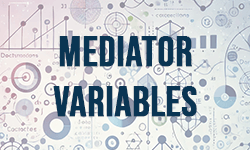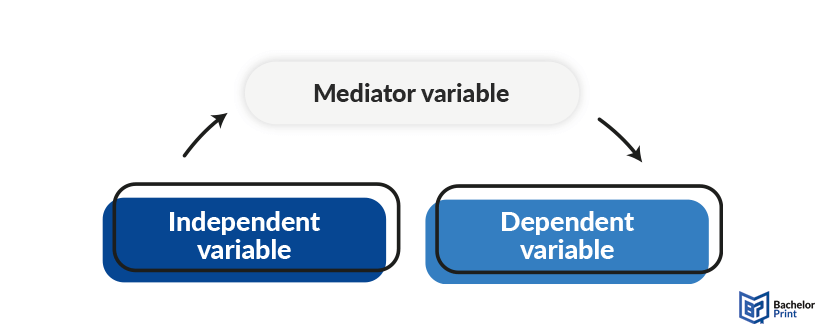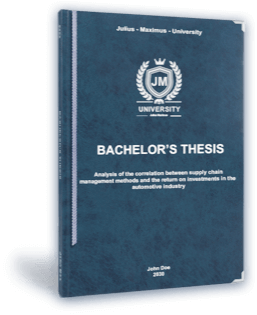
At first glance, it might seem simple to set up an experimental methodology, but there is more to science than independent, dependent, and control variables. Various factors can strongly influence their connections, easily leading to research bias if they are not considered well enough. One such type of variable is the mediator, which explains the relationship between two variables.
Definition: Mediator variables
The name of the mediator variable comes from “to mediate” or the noun “mediator,” a person who arbitrates between others. This is also exactly what this variable does. It mediates and explains the connection between the independent variable manipulated by the researcher and the dependent variable, which shows the results of the aforementioned manipulation.

Full mediation vs. partial mediation
A mediator variable can cause either a full or a partial mediation, depending on how far it can explain the relationship and whether it is the only influence.
Full mediation
A full mediation or complete mediation explains the entire connection between the independent variable and the dependent one. This also concludes that without the mediator variable, the relationship does not exist.
At first, it appears that a mediator variable is just a confounding variable, but it is not. The difference is that a mediator variable itself cannot influence the dependent variable. As in the example, the skills to apply new information do not automatically give them the training. A confounding variable, on the other hand, is a separate variable that can directly influence the outcome variable in place of the actual independent variable.
Partial mediation
As the name suggests, a partial mediation explains the relationship only partly. This can either be the case when there is more than one influencing factor or when the independent variable already has enough influence on the outcome variable.
A partial mediation can easily be confused with moderation because, in this example, you could also say that the sales depend on how high the level of brand loyalty is. Brand loyalty can indeed be a mediator variable as well as a moderator, depending on the research question. The following paragraph will clarify the differences.
Mediator vs. moderator
As seen in the example above, the same variable can be considered a mediator or a moderator. The key difference is, in most cases, simply the phrasing of the research question. A mediator variable always explains a causal relationship with the lead question of “why?” something happens a certain way.
A moderator, on the other hand, investigates how the level of the influencing factor affects the results. The lead question is thus “how much?” When phrasing a research question like this, it is important that the focus is still on the relationship. Be careful not to suddenly make the moderator an independent variable.
Mediation analysis
Measuring and analyzing a mediator variable is a delicate procedure, as its influence is likely underestimated. Thus, the measurement needs to be as exact as possible, mostly done through a simple linear regression analysis or ANOVA. You will find a full guide on how to apply these methods in your statistics for your study.
Other types of variables
- Categorical variables and qualitative variables
- Quantitative variables and numerical variables
- Nominal variables
- Ordinal variables
- Discrete variables
- Continuous variables
- Interval variables and ratio variables
- Random variables
- Latent variables
- Composite variables
- Binary variables
numerous advantages for Canadian students:
- ✓ 3D live preview of your configuration
- ✓ Free express delivery for every order
- ✓ High-quality bindings with individual embossing

FAQs
An example of a complete mediator variable would be the relationship between physical workout as the independent variable and mental health as the dependent variable. The mediator in this case would be stress relief.
As for partial mediation, an example could be the mediation of parental education, explaining the relationship between the socioeconomic status of a family and the reading abilities of a child. The socioeconomic status of the parents influences the education of the parents, which then influences how they raise their child in terms of reading. At least theoretically.
A mediator variable is defined by the fact that it explains the relationship between the dependent and independent variables. This can either happen as a full mediation, where the mediator variable explains 100% of the relationship, or as a partial mediation, where it explains only part of the connection.
The main difference is that a mediator variable explains the relationship between the independent and dependent variables, while a moderator variable influences the strength of that connection.
The key difference between these two is that the mediator by itself cannot influence the dependent variable; it is merely an explanation of the relationship between the dependent and independent variables. A confounding variable, on the other hand, is a separate variable that can directly influence the outcome variable in place of the actual independent variable.